Sunday☕️

Economics & Markets:
- Yesterday’s commodity market:

- Yesterday’s crypto market:
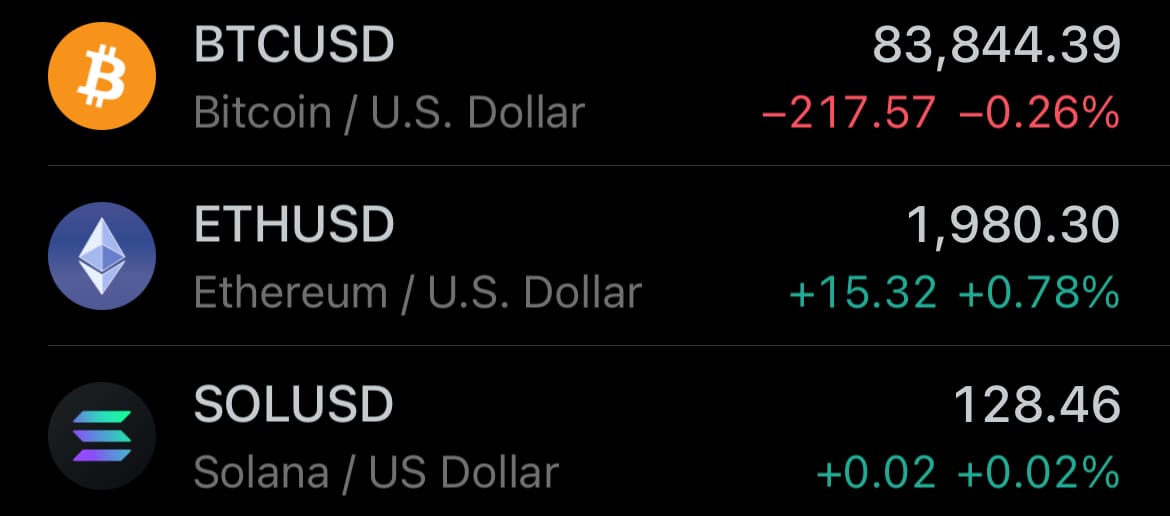
Geopolitics & Military Activity:
- Over the past 24 hours, the Israeli Air Force has carried out a series of airstrikes targeting Hezbollah positions in Tyre, a city in southwestern Lebanon. These military operations have resulted in casualties and damage on local infrastructure. The escalation marks a continuation of heightened tensions between Israel and Hezbollah, which has maintained a strong presence in southern Lebanon for years.
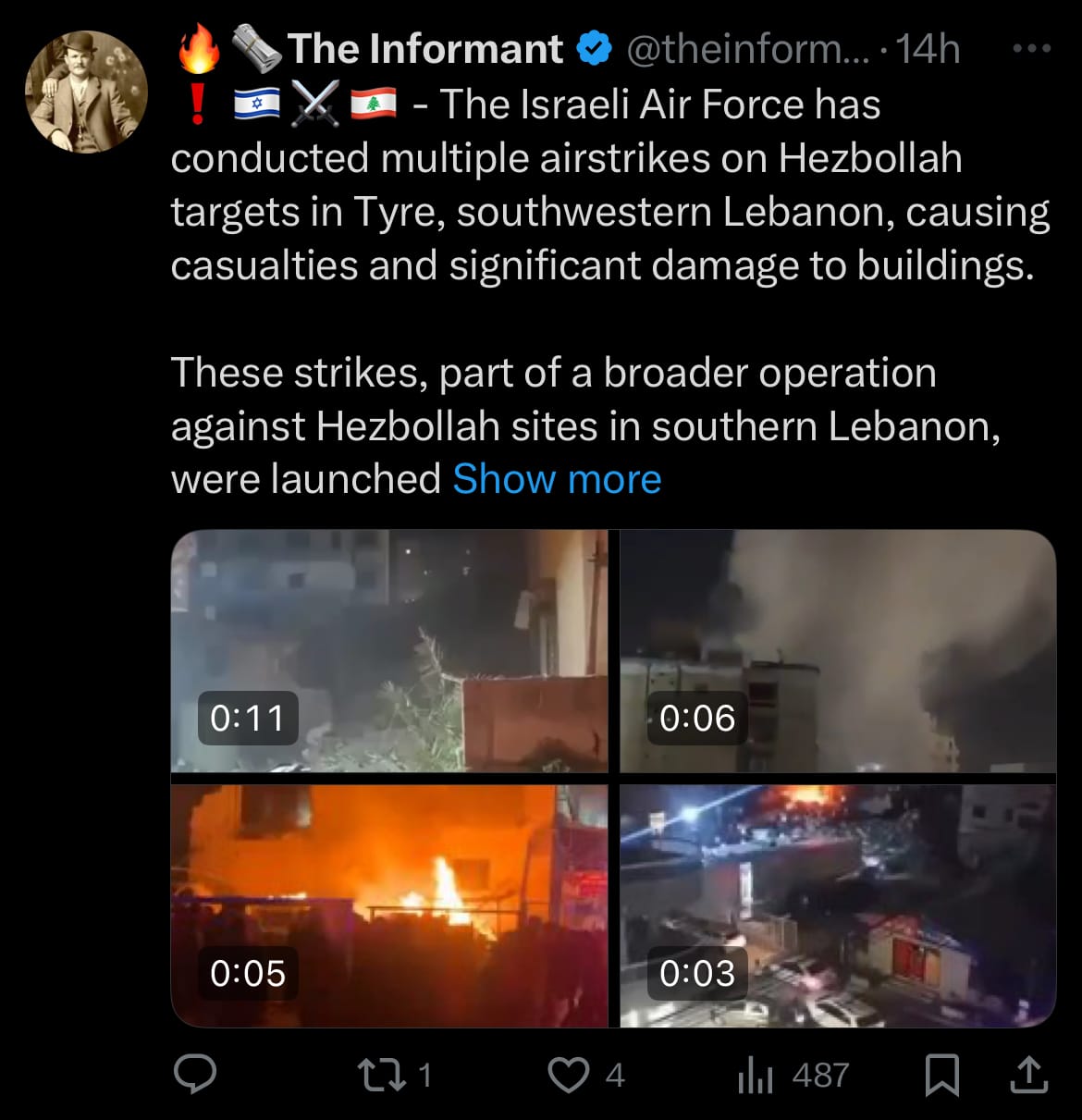
- The airstrikes were launched in retaliation for an earlier attack Yesterday, during which Hezbollah fired three rockets from southern Lebanon aimed at Metula, a town in northern Israel. Israeli defense systems successfully intercepted the rockets, preventing any reported damage or injuries on Israeli soil. The exchange is part of a broader Israeli operation targeting Hezbollah sites across southern Lebanon, reflecting ongoing efforts to neutralize the group’s military capabilities amid a volatile regional security situation.
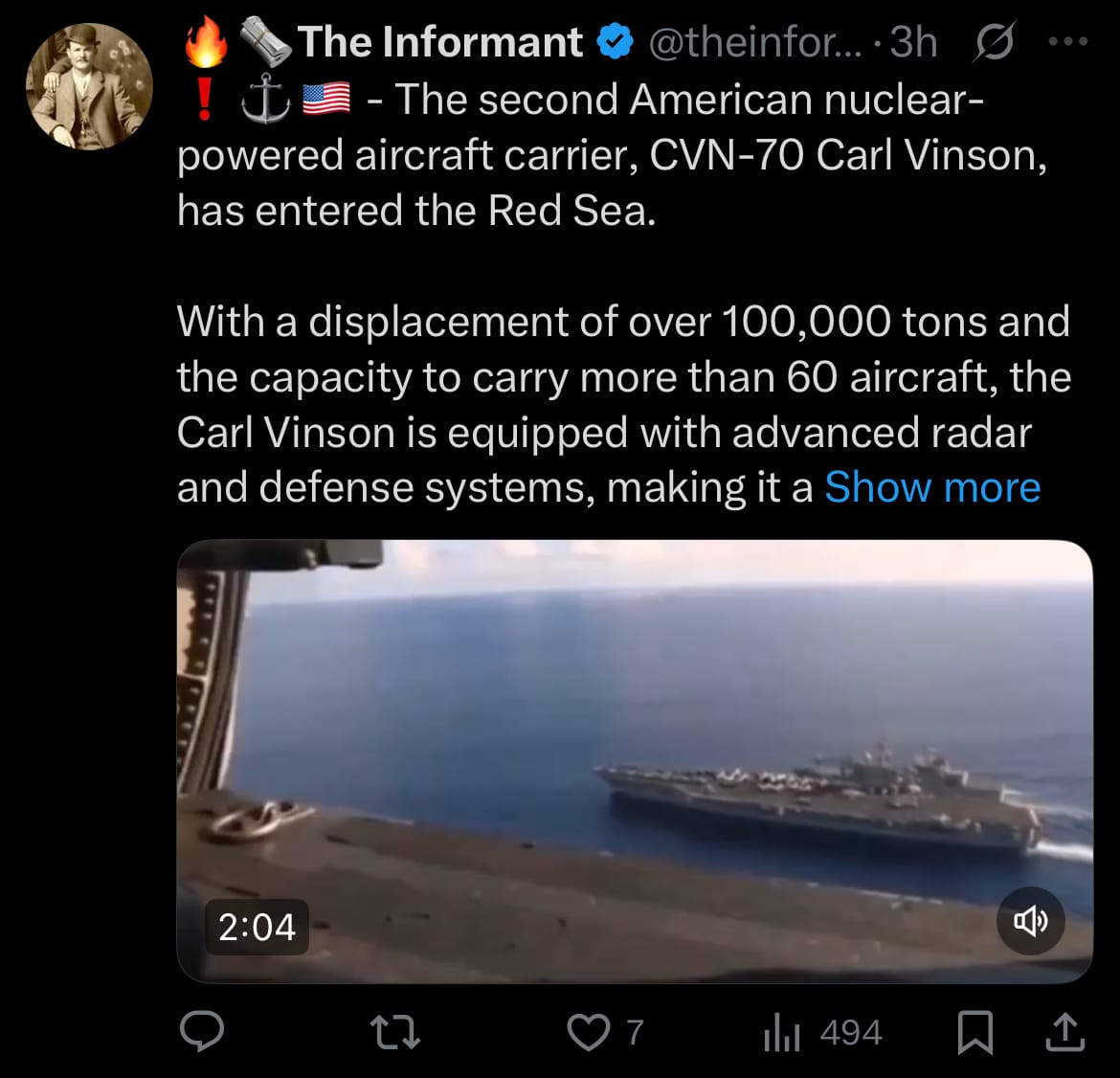
Environment & Weather:
- As of March 23, 2025, a geomagnetic storm is affecting Earth, with the NOAA Space Weather Prediction Center extending a K-index of 5 warning. This indicates a moderate disturbance in the planet’s magnetic field, caused by solar activity such as charged particles or material bursts from the Sun, which began on March 22 at 4:48 PM UTC and is expected to continue until 11:59 PM UTC today (7:59 PM EDT). The K-index of 5 reflects a level of geomagnetic activity that is neither minimal nor extreme, drawing interest from researchers monitoring space weather patterns.
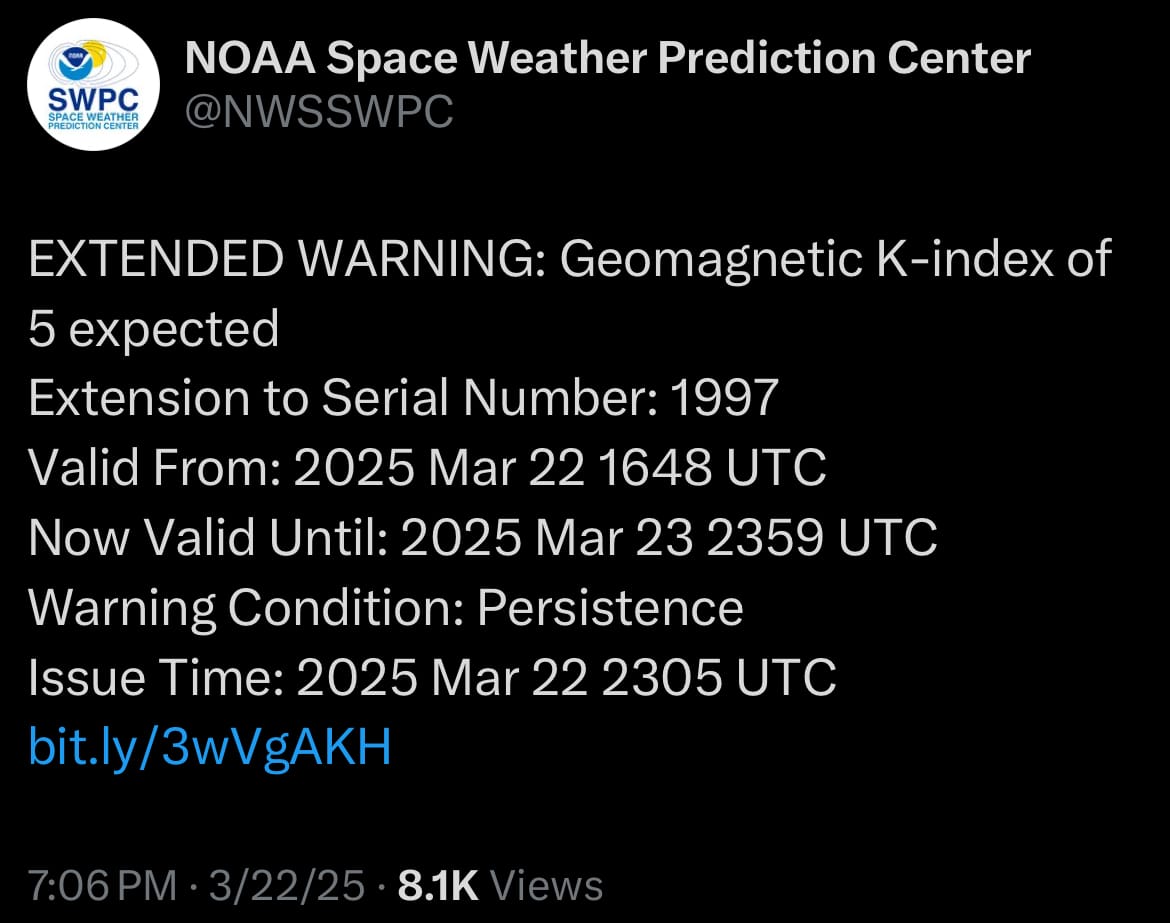
- This G1-level storm may produce observable effects without significantly impacting daily routines. In northern regions like Canada or Alaska, auroras could become visible due to the magnetic fluctuations interacting with the atmosphere. In terms of technology effects, satellites could experience minor issues, power grids may see small fluctuations, and radio signals near polar areas could face interference. While these effects are limited, they are relevant to specific industries and space weather observers tracking the Sun’s influence on Earth’s environment.
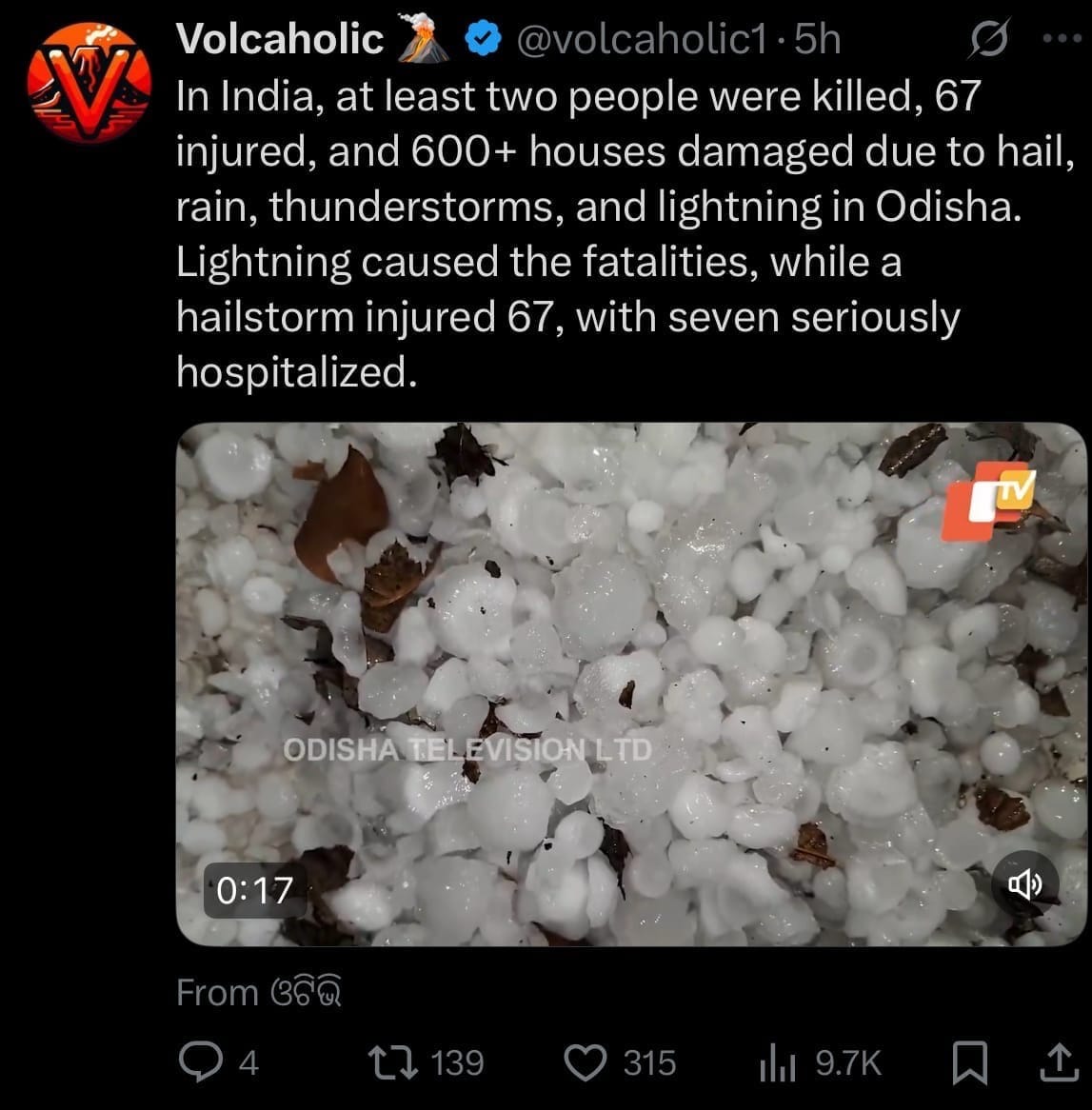
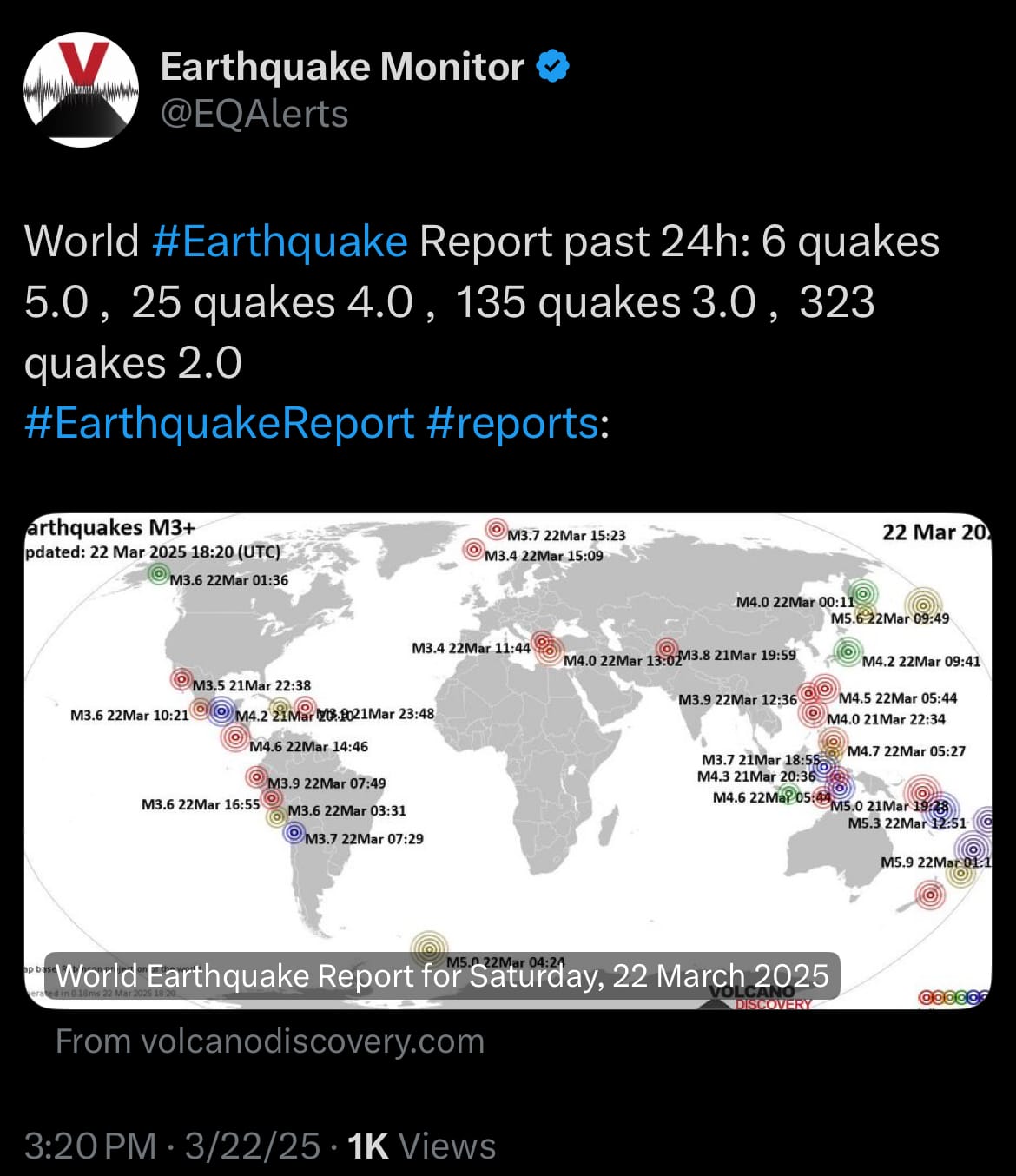
Science & Technology:
- Yesterday, March 22, 2025, China introduced a deep-sea cable-cutting device engineered to sever armored underwater cables at depths reaching 4,000 meters, far exceeding the typical depth of most subsea infrastructure, which sits around 2,000 meters or less. Developed collaboratively by the China Ship Scientific Research Centre and the State Key Laboratory of Deep-sea Manned Vehicles, this tool is built to integrate with China’s manned submersibles, such as the Fendouzhe—capable of diving to 10,000 meters—and the Haidou series.
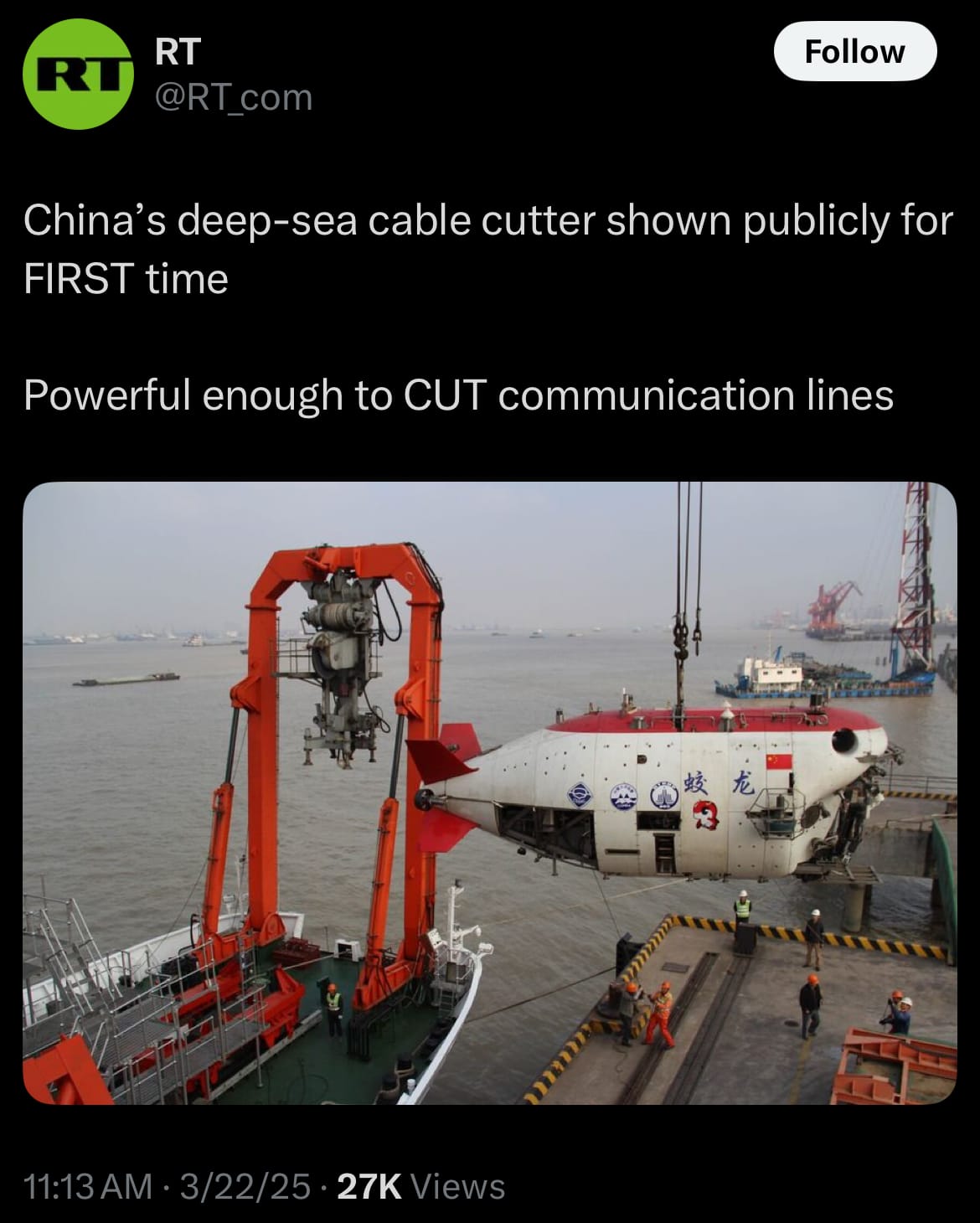
- The technology itself is not a recent innovation nor exclusive to China, as tools for cutting underwater cables date back to World War 1, when nations like Britain used them to disrupt Germany’s telegraph communications by targeting cables on the seafloor. Many countries today maintain similar devices, often as part of naval or specialized submersible operations, though such capabilities are rarely highlighted publicly. These underwater cables—layered with steel, rubber, and polymer for durability—form the backbone of global communication, transporting the vast majority of international internet traffic, phone calls, and data transfers between continents.
Statistic:
- Largest assets on Earth by market capitalization:
- Gold: $20.335T
- 🇺🇸 Apple: $3.278T
- 🇺🇸 Microsoft: $2.908T
- 🇺🇸 NVIDIA: $2.871T
- 🇺🇸 Amazon: $2.079T
- 🇺🇸 Alphabet (Google): $2.011T
- Silver: $1.887T
- Bitcoin: $1.666T
- 🇸🇦 Saudi Aramco: $1.658T
- 🇺🇸 Meta Platforms: $1.510T
- 🇺🇸 Berkshire Hathaway: $1.125T
- 🇹🇼 TSMC: $916.61B
- 🇺🇸 Broadcom: $901.17B
- 🇺🇸 Tesla: $799.98B
- 🇺🇸 Eli Lilly: $752.28B
- 🇺🇸 Walmart: $689.28B
- 🇺🇸 JPMorgan Chase: $675.62B
- 🇺🇸 Visa: $647.49B
- 🇨🇳 Tencent: $604.25B
- SPDR S&P 500 ETF Trust: $517.61B
- 🇺🇸 Exxon Mobil: $501.17B
- 🇺🇸 Mastercard: $488.39B
- 🇺🇸 UnitedHealth: $472.76B
- 🇺🇸 Oracle: $426.88B
- 🇺🇸 Netflix: $410.77B
History:
- The development of undersea cables began in the mid-19th century as a response to the need for faster international communication. In 1857, a transatlantic telegraph cable project, supported by American businessman Cyrus Field, involved the British ship HMS Agamemnon and the U.S. ship Niagara, but the cable snapped during installation. A subsequent attempt succeeded in 1858, connecting Valentia Island, Ireland, to Trinity Bay, Newfoundland, over a distance exceeding 2,000 miles, allowing a 98-word message to pass between Queen Victoria and President James Buchanan in 16 hours—far quicker than the weeks required by ship. This cable, consisting of a copper core insulated with gutta-percha from Malaysian trees, ceased functioning within a month due to insulation breakdown from high voltage and design flaws. A more reliable link was established in 1866, facilitated by the Great Eastern—a 693-foot steamship converted for cable-laying—and managed by the Anglo-American Telegraph Company with input from engineers like William Thomson. Enhanced insulation and careful deployment enabled this cable to transmit Morse code consistently, supporting diplomacy, trade, and news exchanges.
- Advancements in the 20th century expanded the role of undersea cables in global connectivity. During World War I, Britain cut five German cables in 1914 to limit its communication options, pushing Germany toward radio signals that could be intercepted, demonstrating the cables’ strategic relevance. After the war, coaxial cables emerged, such as TAT-1, installed in 1956 between Scotland and Newfoundland, which used copper conductors and polyethylene insulation to handle 36 simultaneous telephone calls, replacing earlier telegraph systems. In 1988, TAT-8 introduced fiber-optic technology across 3,500 miles of the Atlantic, employing glass fibers to send data via light at 280 megabits per second, sufficient for 40,000 calls or initial internet use. By the 2000s, fiber-optic cables—reinforced with steel, polyethylene, and gel-filled tubes for deep-sea durability—spanned over 1.4 million kilometers (870,000 miles) worldwide, forming the invisible backbone of global communication and commerce, carrying the vast majority of internet, phone, and financial data that powers the modern world.
Image of the day:

Thanks for reading!
Earth is complicated, we make it simple.
Click image to view the Earth Intelligence System:
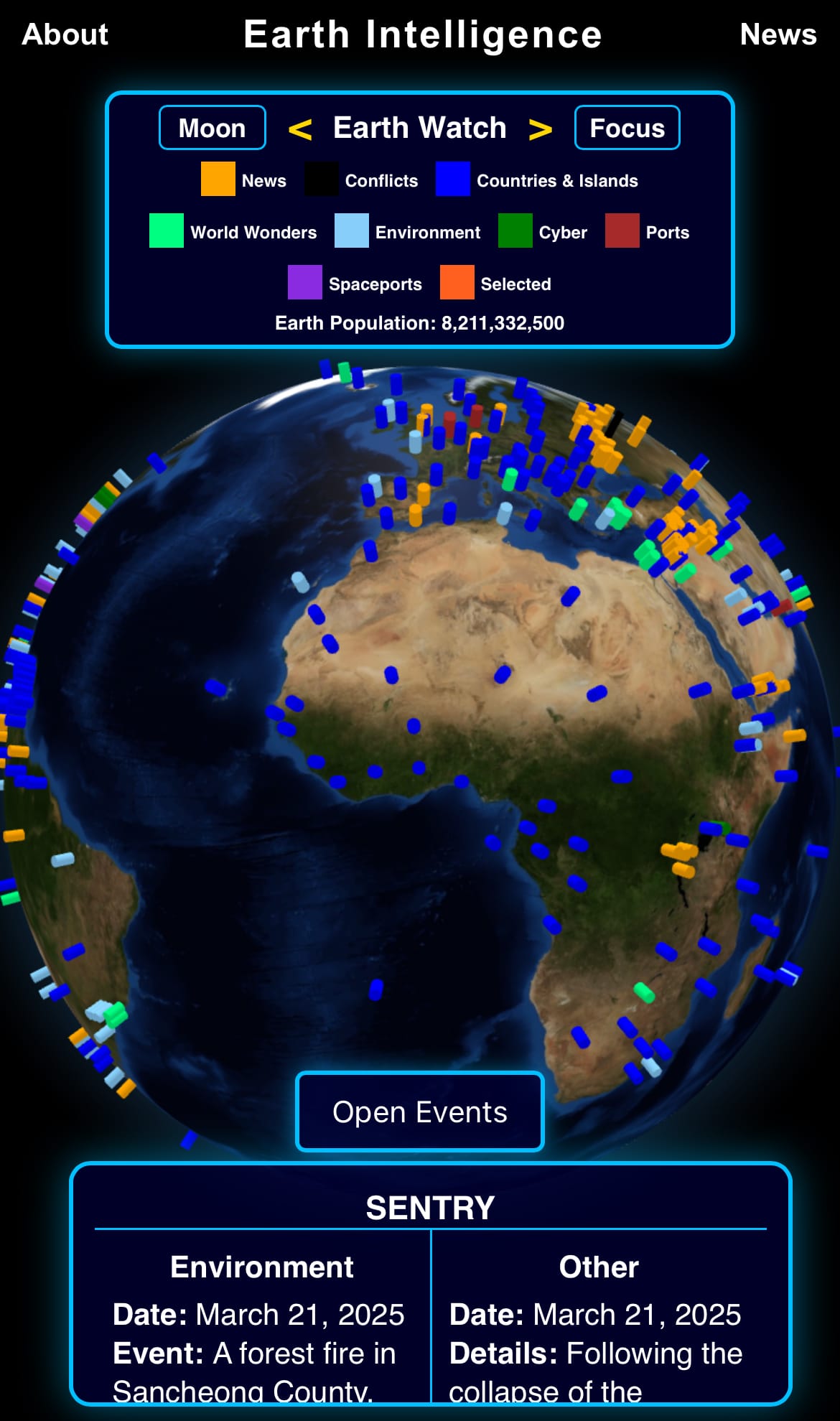


Support/Suggestions Email:
earthintelligence@earthintel.news




